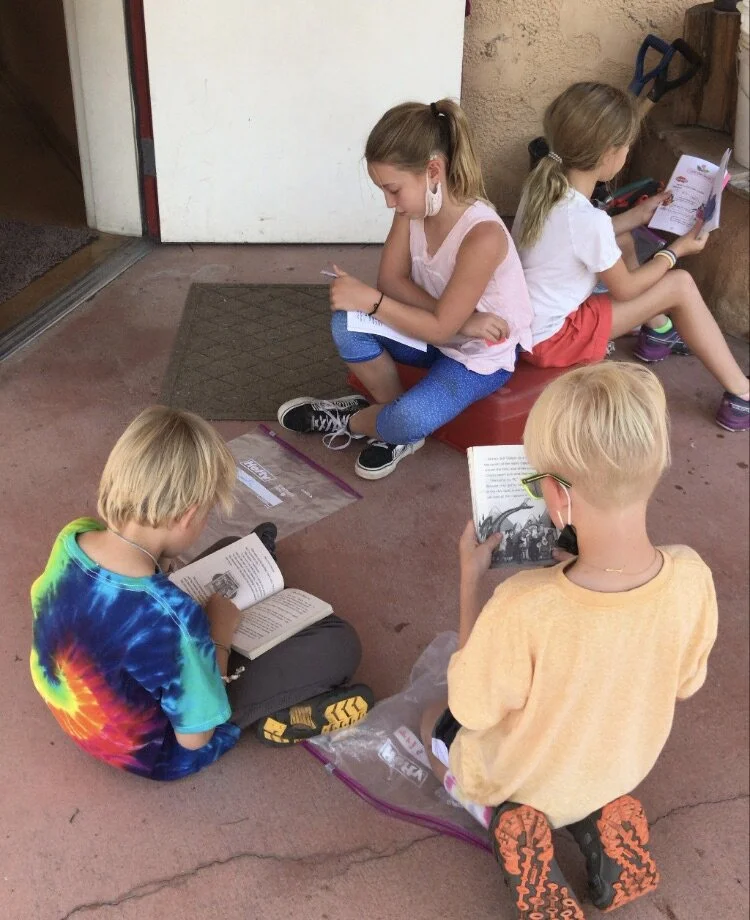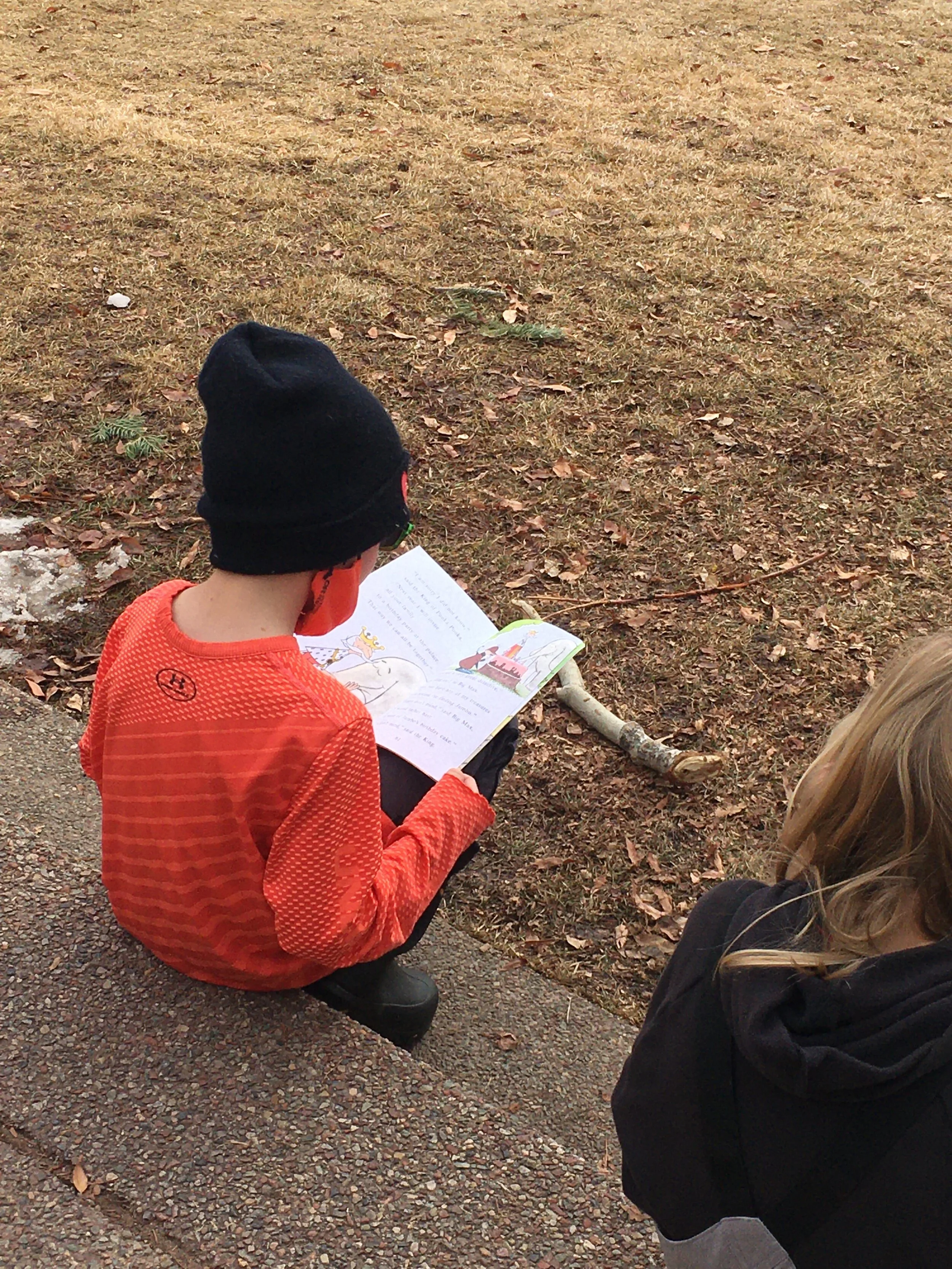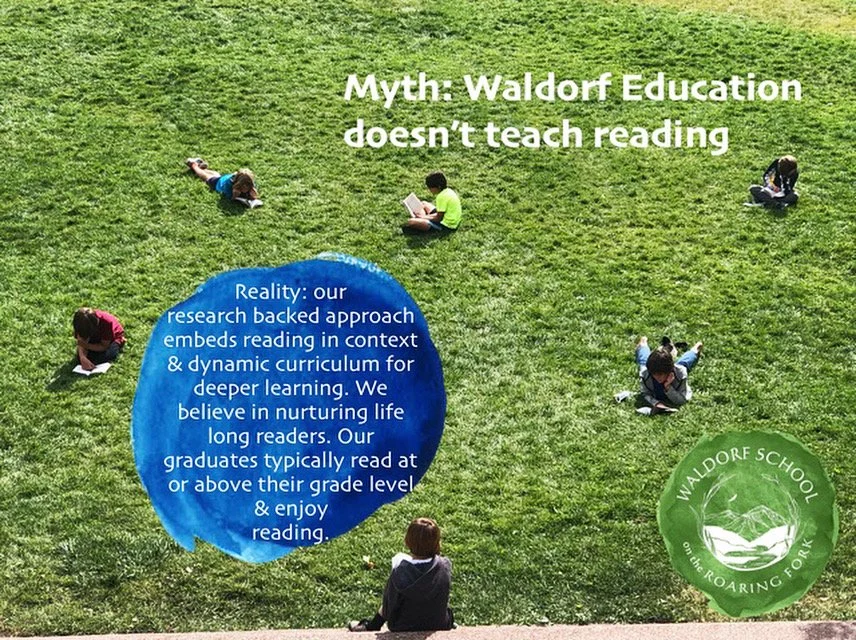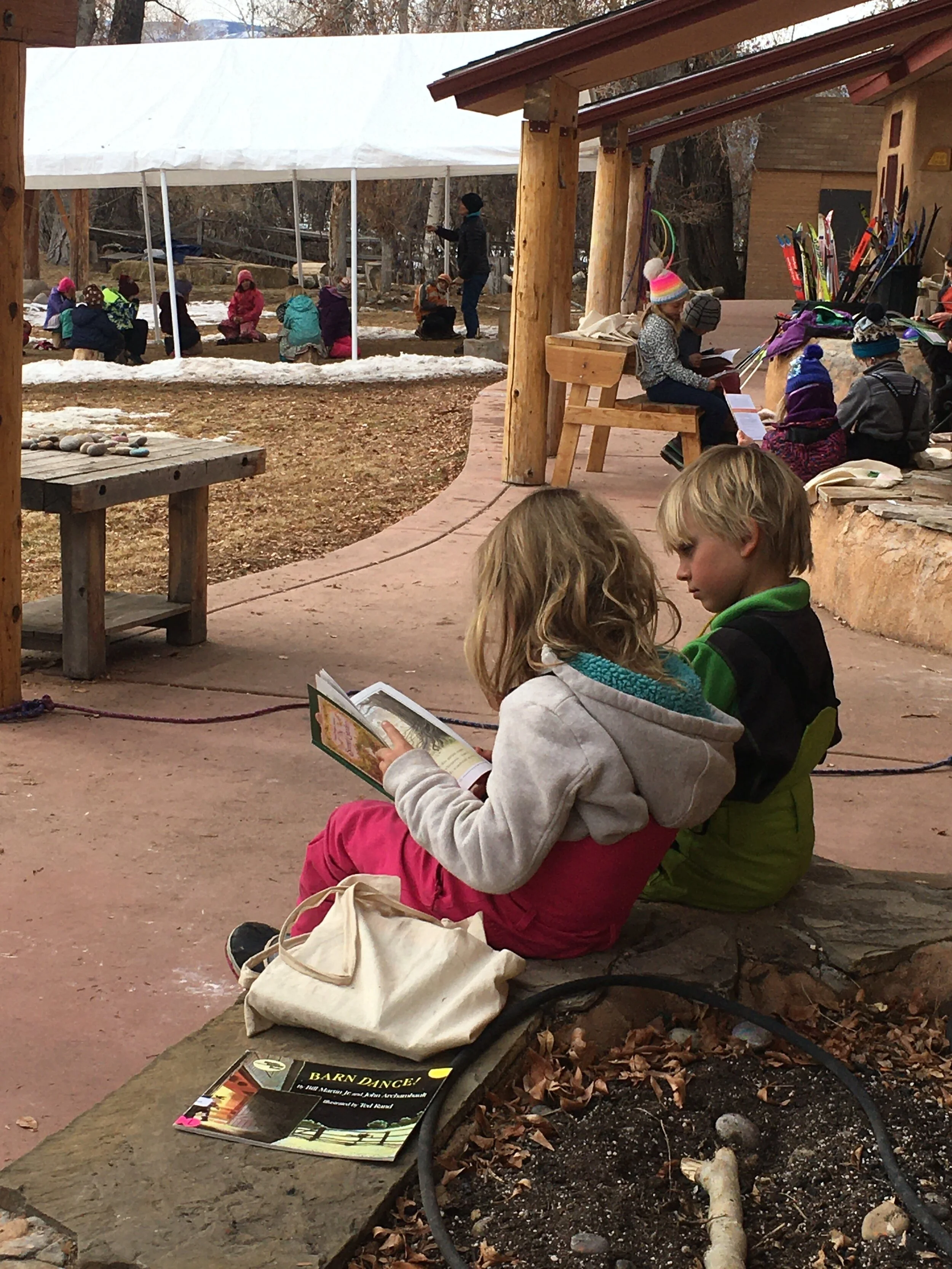In the Media: Time to Teach Reading in a New Way?
Reading is a never ending topic in eduction. One that receives consistent attention from parents, educators and researchers. For good reason. Students will be expected to continue to read and engage with literature and text over the course of their education and beyond. But what does it take for readers to stay engage, comprehend and actually enjoy reading?
Waldorf Education takes up a more holistic approach to reading. Rather than focus on rushed memorization, our curriculum not only gives students the chance to learn at a pace that suits their development but also focuses on embedding reading within the broader context and curriculum. This approach is backed by substantial research.
In an article from Edutopia, “Baltimore City Public Schools teachers are part of a growing group of educators who have shifted away from the traditional ELA reading curriculum, which tends to expose students to unfamiliar subjects and teaches skills like “finding the main idea” and “summarizing.” According to the Baltimore district and other school systems, this skills-based approach to reading instruction has done little to improve reading proficiency for many students and ignores growing research that emphasizes the crucial role of background knowledge in comprehending what you read.”
The article goes on to note: “Students with more [background] knowledge have a better chance of understanding whatever text they encounter,” said Natalie Wexler, an education journalist and author of The Knowledge Gap, who spent two years closely watching how elementary schools were teaching reading. “They’re able to retrieve more information about the topic from long-term memory, leaving more space in working memory for comprehension. They’re also better able to absorb and retain information, because knowledge—like Velcro—sticks best to other related knowledge.” (Explore the full article here)
In Waldorf Education, reading is entangled in with our curriculum. Students gain an understanding of why, where and what around the stories they are reading. The impact is learning that sinks deeper, reading that engages students and sparks a passion for learning rather than a resistance to memorized skills.




